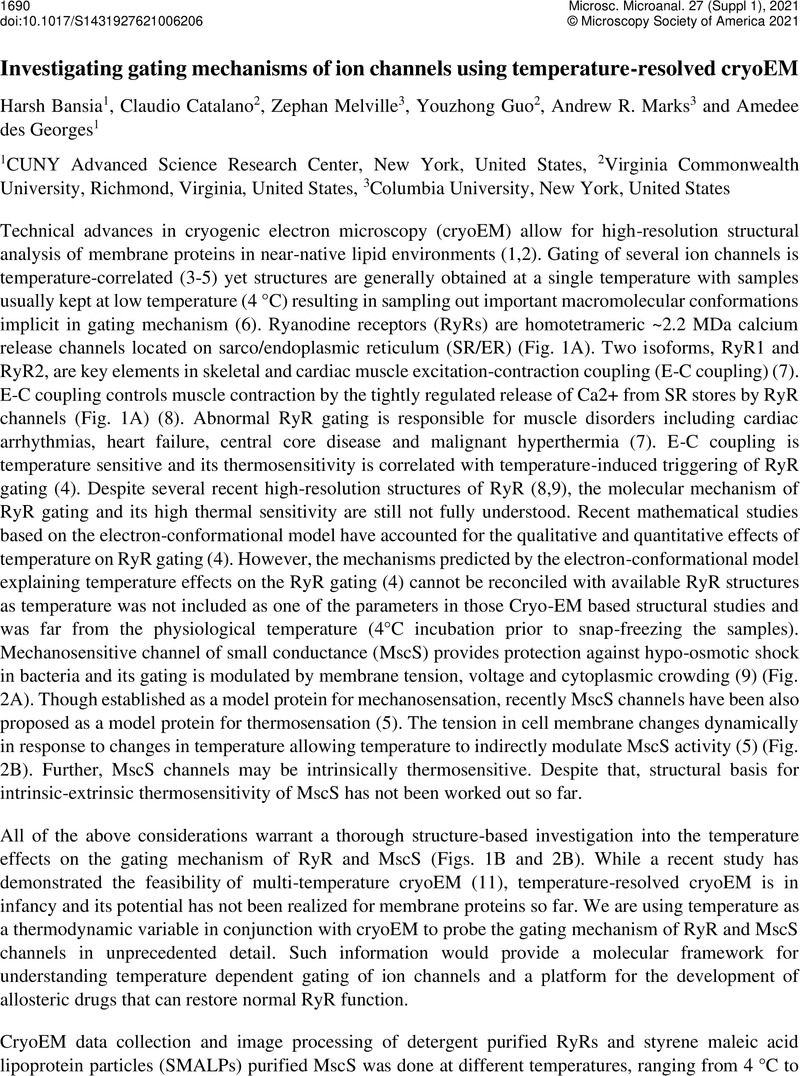Crossref Citations
This article has been cited by the following publications. This list is generated based on data provided by Crossref.
Tsai, Ming-Daw
Wu, Wen-Jin
and
Ho, Meng-Chiao
2022.
Enzymology and Dynamics by Cryogenic Electron Microscopy.
Annual Review of Biophysics,
Vol. 51,
Issue. 1,
p.
19.





